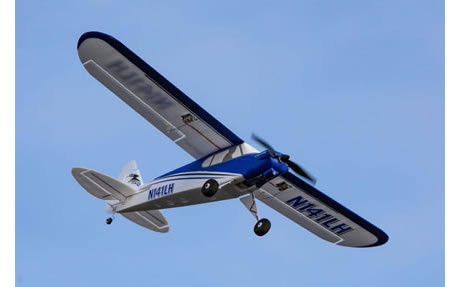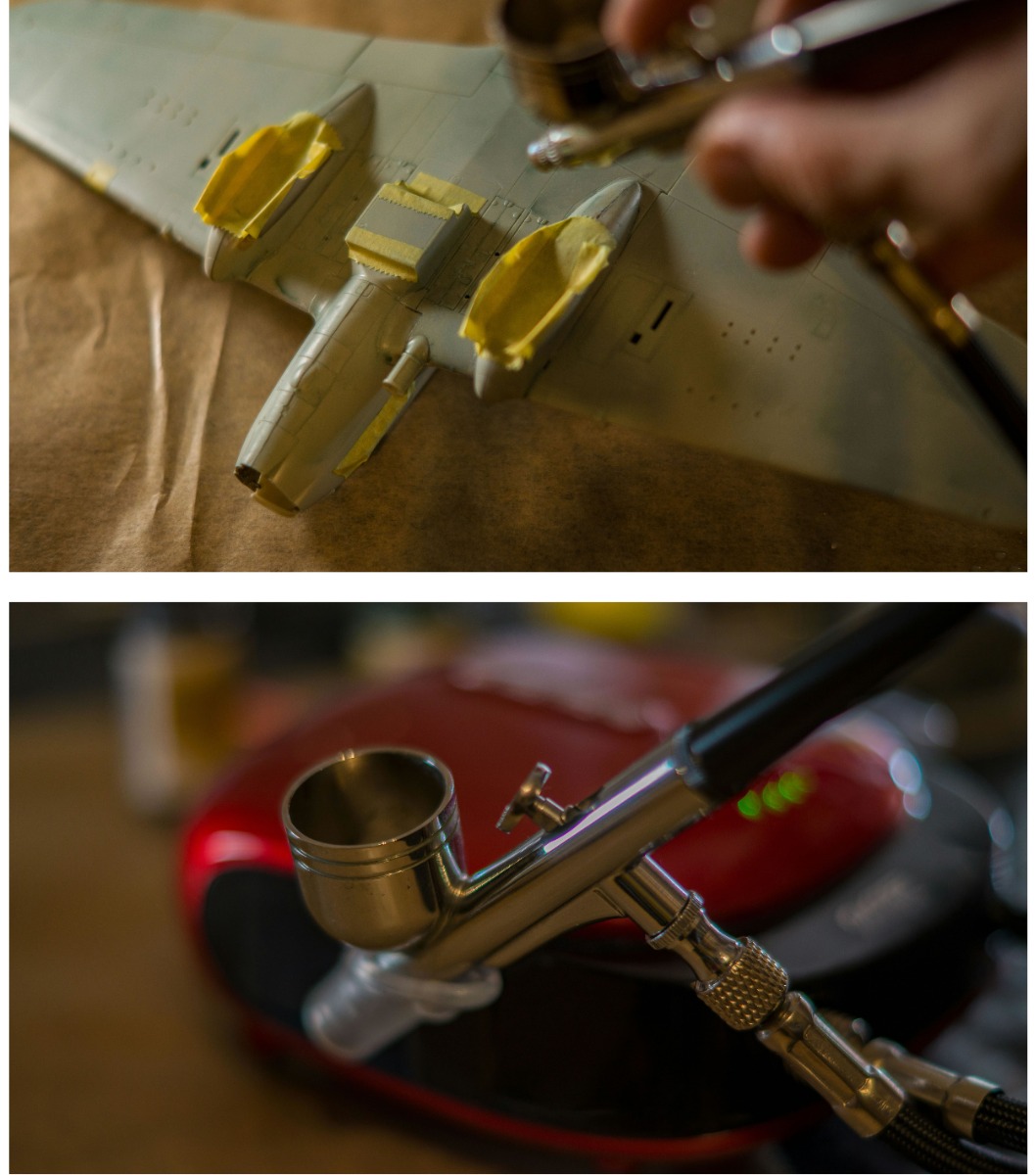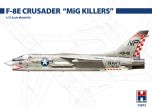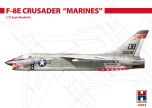Hobby 2000 1/72 Nakajima J1N1-S "GEKKO" Early Version # 72053
The Nakajima J1N1-S "Gekko" (meaning "Moonlight") in its early version represents an important development in Japan's World War II aviation history.
Initially designed as a long-range reconnaissance aircraft and bomber escort, the Gekko's evolution into a night fighter was a response to the changing demands of the Pacific War.
The original J1N1 was conceived in the late 1930s to meet the Imperial Japanese Navy's requirement for a twin-engine, long-range fighter.
The aircraft featured a streamlined, twin-engine design with a low-wing configuration and a twin-tail layout, powered by two Nakajima Sakae 21 radial engines, each capable of producing around 1,130 horsepower.
The Gekko was equipped with defensive armament, including a flexible 7.7mm machine gun in the rear cockpit, and was intended to escort bombers over long distances.
However, the early version of the J1N1 encountered performance issues in its intended role as an escort fighter, especially against faster and more maneuverable Allied aircraft.
As a result, it was reconfigured as a night fighter.
The initial modifications involved the removal of the rear gunner's position and the installation of oblique-firing 20mm Type 99 cannons in the fuselage, arranged in an upward and forward-facing angle—a concept inspired by Germany's "Schräge Musik" technique.
This armament allowed the Gekko to approach enemy bombers from below, firing into their vulnerable underbellies.
The early J1N1-S Gekko, though not as advanced as later variants, marked the beginning of Japan's adaptation to the nighttime aerial warfare that became increasingly important as the Allies intensified their bombing campaigns.
The aircraft's transformation into a night fighter demonstrated Japanese ingenuity in repurposing existing designs to meet the evolving challenges of the war.
While it lacked some of the refinements of later models, such as improved radar systems, the early J1N1-S Gekko was still a significant step forward for the Imperial Japanese Navy, providing a foundation for the more effective night fighters that would follow.
Its deployment underscored the Japanese military's growing emphasis on night interception as a critical component of their defensive strategy.























 Spread the cost with Paypal Credit
Spread the cost with Paypal Credit
 Spread the cost with Klarna
Spread the cost with Klarna





















